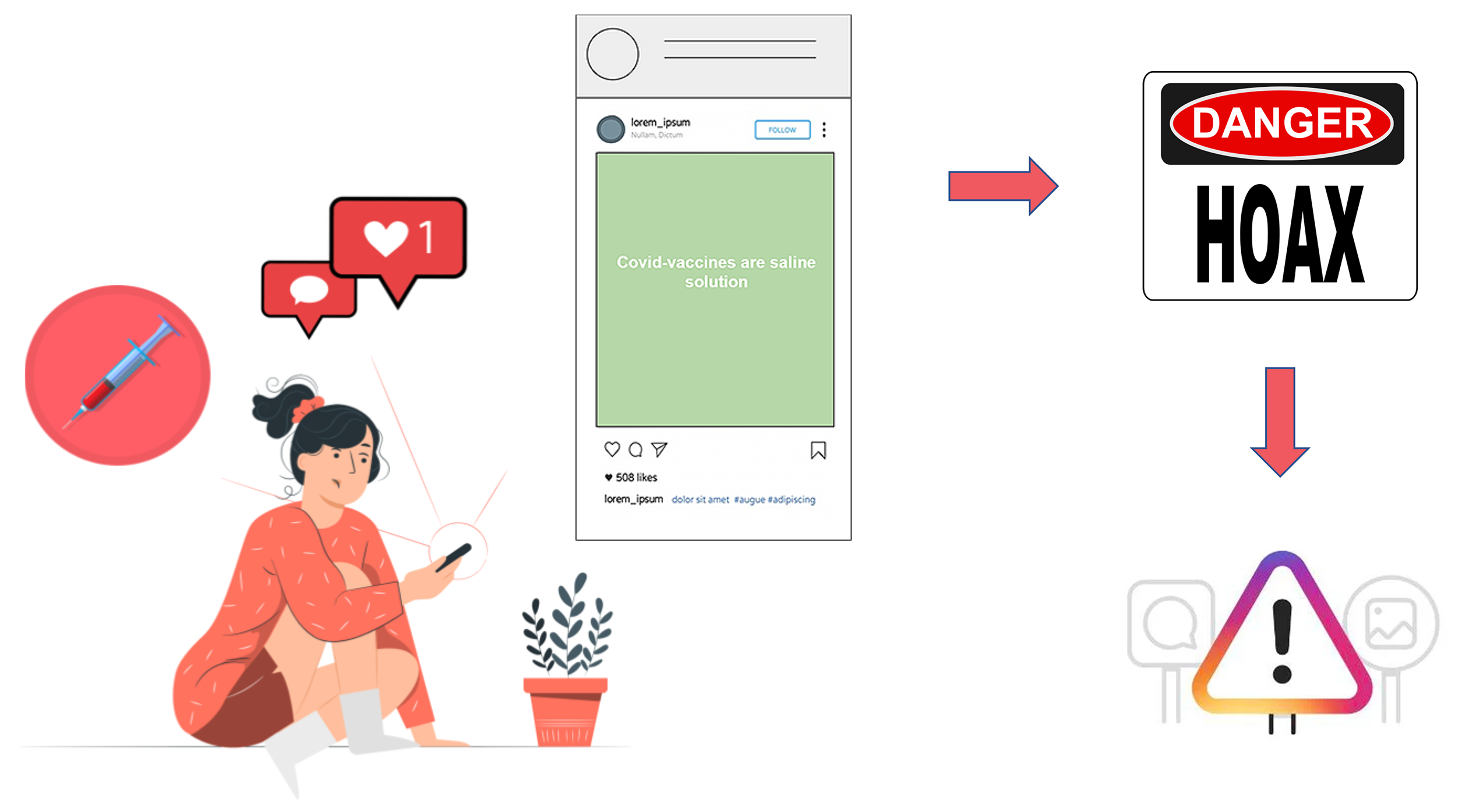UX Research Portfolio
KEIT: AI Writing Companions
Collaborators: Dr. Ning Ma (UX researcher, postdoctoral fellow, UBC); Alethea Kramer (BCS, Computer Science, UBC)
Advisor: Dr. Dongwook Yoon (Associate professor, Computer Science, UBC)
Industry partner: Korea Evaluation Institute of Technology (KEIT)

The goal of this project was to guide the design of AI writing companions which are writing agents that can approximate human-level writing and can create any type of text based on a writer’s instructions. These types of tools have the potential to act almost like a ghostwriter, thereby helping writers to mitigate common challenges like cognitive overload and writer’s block. AI companions go beyond existing writing tools which are largely limited to revision (e.g., grammar checking) and ideation.
Challenges
- Identify the factors that impact writers’ perception of AI writing support.
- Understand how AI writing companions should be designed to align with writers’ personal values and to support their writing practices
Exploration
- Conducted a literature survey to improve background knowledge on writing processes, common writing challenges, and current computer-assisted writing support
- Conducted semi-structured interviews with writers (hobbyists and professionals) to explore writing practices, current challenges, and perception of AI writing support
- Ran co-design (design workbook) sessions with writers to elicit participants’ intuition, perception, and reflection guided by their domain expertise
Validation
- Designed and developed 2 AI-assisted writing tools based on the results of the explorative study
- Asked participants to write several short scenarios using the tools
- Assessed usability with the system usability scale (SUS)
- Utilized post-task surveys and semi-structured interviews to determine how both tools influenced personal values and writing productivity
- Analysis revealed that both tools have good usability, and are effective in boosting productivity
Outcomes
- Provided key design recommendations to KEIT to guide the design and ongoing development of an AI writing companion
- Presented the results of the exploratory phase to the UX and HCI community in my paper at DIS 2022 to set the stage for further research in AI-supported writing (see the presentation below)
Instagram: Motivating Misinformation Acknowledgement
Collaborators: Abiramy Kuganesan (MSc, Computer Science, UBC); Hannah Elbaggari (MSc, Computer Science, UBC); Eleanor Ren (MLIS, iSchool, UBC); Jin Wen (PhD, Psychology, UBC)

Misinformation is information that has been demonstrated to be inaccurate or misleading. On social media platforms like Instagram, misinformation can cause negative effects on individual and societal beliefs, invoke feelings of fear and suspicion, and lead to declines in mental and physical well-being. The COVID-19 pandemic has brought these dangers into the spotlight. However, misinformation does not only come from insidious misinformation spreaders. It is also fueled by the engagement of users unknowingly sharing false information. We tackled the problem of COVID-19 misinformation propagation on Instagram by increasing acknowledgement and reporting. Many Instagram users, particularly young adults, experience reluctance to report misinformation they have encountered on the platform.
Challenges
- Identify existing user behaviour when encountering misinformation and the factors that motivate reporting
- Leverage design elements to increase reporting without disrupting users’ current workflows
Exploration
- Conducted a survey of Instagram users to investigate current behavior and attitudes when encountering misinformation
- Ran semi-structured interviews to better understand misinformation reporting practices, sentiments, and barriers to reporting
- Organized interview and survey data via an affinity diagram session to build a mind map
- Created a set of personas and scenarios based on the major types of users and behavior patterns
- Generated a key set of requirements for promoting reporting
Validation
- Created a set of rapid prototypes that were iteratively refined and merged across several rounds of evaluations
- Created an interactive prototype which leverages nudging to encourage reporting through subtle cues, without disrupting users’ flow state.
- Validated prototype with a final round of user testing
Outcomes
- Provided a better understanding of misinformation reporting behavior and design strategies for encouraging reporting to the UX research community


Notable mention
- Presented the results of the explorative study and the final prototype in the Designing for People (DFP) Design Showcase at UBC (see below)
Zoom: Addressing Anxiety in Online Learning Environments
Collaborators: Jessica Wilkins (MLIS, iSchool, UBC); Atieh Razavi Yekta (PhD, OSOT, UBC); Anika Sayara (PhD, CS, UBC); Syed Ishtiaque Ahmad (MSc, CS, UBC)

Students in online video-mediated learning environments (e.g., Zoom classes) often face anxiety which can be detrimental to learning. Specifically, students experience heightened self-awareness while using video conferencing software which contributes to social discomfort and distraction, inhibiting participation in course activities.
Challenges
- Scope the problem of anxiety in online video-mediated learning to understand where and to what extent it occurs
- Identify key factors which contribute to anxiety in online learning
- Design an online learning environment which mitigates students’ anxiety to promote increased learning
Exploration
- Conducted observation sessions to determine focal points, narrow down the scope of the research topic, and identify key themes
- Deployed a campus-wide survey with Likert scale and free response (open-ended) questions which focused on participants’ self-awareness, distraction, and comfort levels in online classes
- Utilized an affinity diagram to synthesize key themes from qualitative survey data
- Developed a set of personas and scenarios to describe online learners and their current behavior while participating in online classes
- Established key requirements for mitigating student anxiety in online classes (turn-taking, collaboration, and avatar representation)
Validation
- Created a low-fidelity prototype (mockup) for an online video-based learning system
- Conducted cognitive walkthroughs to steer interactive prototype design direction
- Iteratively developed a medium fidelity prototype which builds on the low-fidelity mockup
- Ran observation-based usability testing on prototype and interviewed participants to determine how our design impacted student anxiety
Outcomes
- Successfully identified and characterized factors causing anxiety for students in virtual video-based environments
- Created a prototype learning environment for encouraging communication and active
presence which received positive student feedback. See the
prototype demo below.

